Rocklands, Norfolk
The Villages of Rockland All Saints and Rockland St Peter
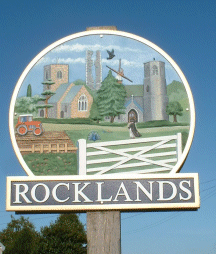
The Villages of Rockland All Saints and Rockland St Peter |  |
| Home | The Village | Facilities and Organisations | Clubs and Leisure activities | Business Directory | The Parish Council | Bygone Rocklands | Roll of Honour | 2001 Census | Links |
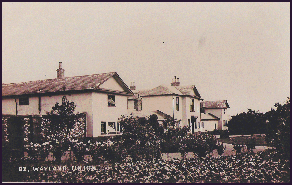
 <
<The Wayland Union Workhousewas erected in 1836-7 to serve the area from Attleborough to Watton (later extended) and was intended to accomodate up to 250 inmates.
During World War I it was used to house German Prisoners of War(see below) and as a station for the local Home Guard during World War 2.
Click here for more details including a list of inmates in 1881
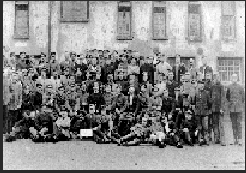
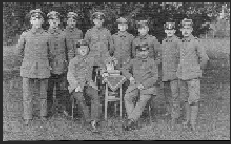
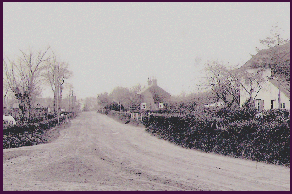
The Corner of The Street, Green Lane and Mill Lane, looking south
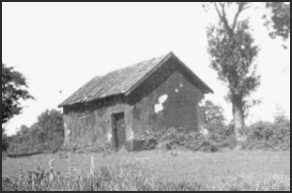
The Coal House, which stood on the present site of the Village Hall,was used to store coal which was distributed to parishoners in need.This replaced the right of villagers to dig peat and was funded from the income from land, belonging to the village, that after enclosure was leased out.
It was demolished in the 1950s when the Village Hall was built.(Notice and report of opening)
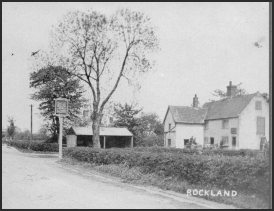
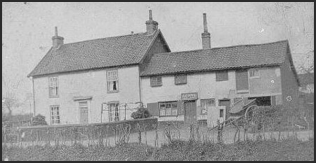
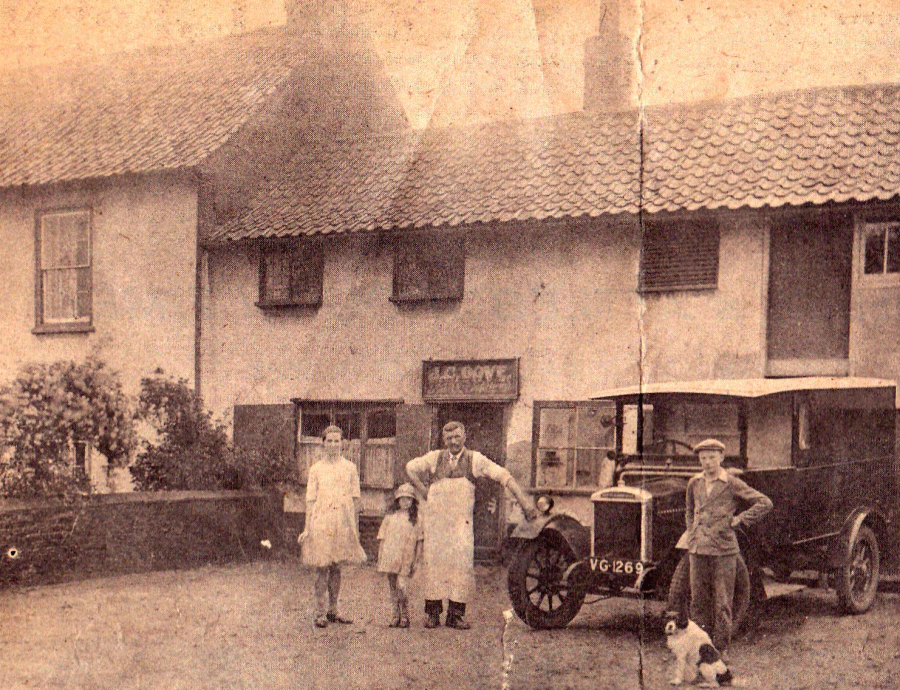
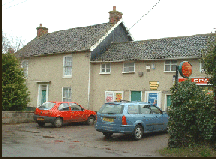
This bakery, which was run by two generations of the Dove family, also sold sausages and meat on a Thursday.The centre photograph dates from about 1932. It later became a more general store, and is now the only shop in the village and the Post Office
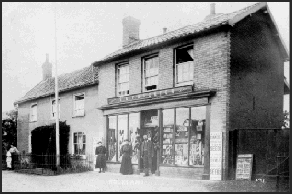
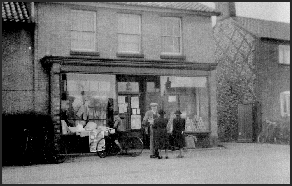
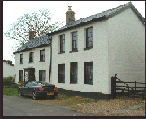
This shop used to sell groceries, haberdashery etc. At the start of the 20th Century it was run by the Procktors, later by the Houchens and then the Youngmans. It is now a private house.
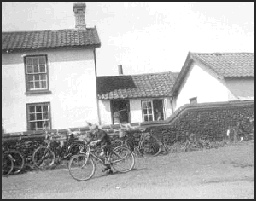

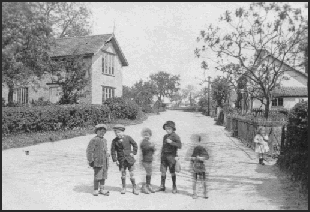
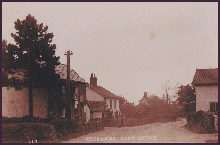
The southern end of The Street. The large building on the left was a carpenter's workshop, from which the top floor has been removed, and converted to a bungalow. To the right is the old Post Office, shown in the picture to the right
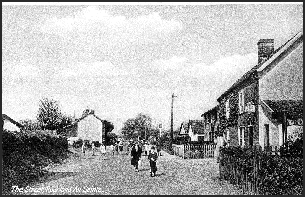
Looking up The Street, on the right is the old Post Office with the White Hart beyond
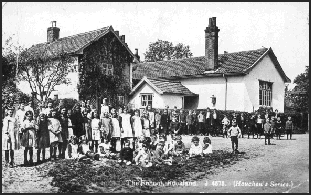
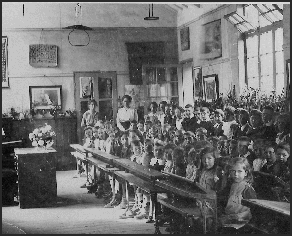
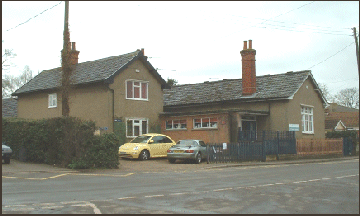
The School was built in 1875 at a cost of £400 for 120 Childrenand became a county school in 1903, and a primary school in the 1960s. It was one of the last schools in the country to be a through-age school which children left at 14.
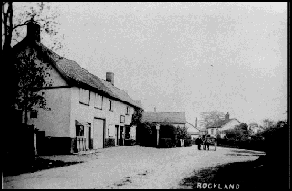
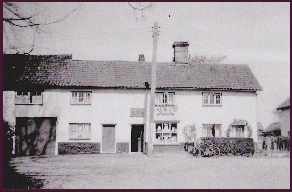
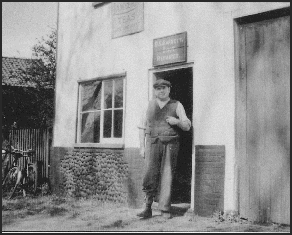
It is now a private house
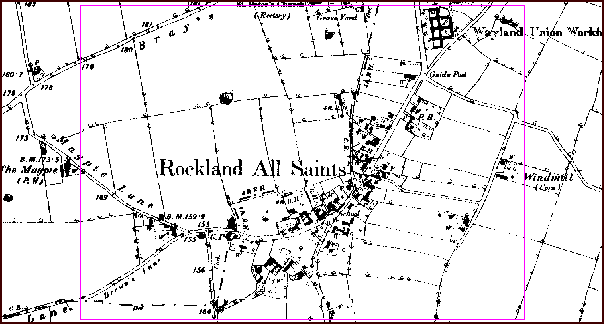
Image produced from the www.old-maps.co.uk service with permission of Landmark Information Group Ltd. and Ordnance Survey